An important factor in selecting the correct Safety Relief Valve is choosing the correct materials for the application.
It is obviously impossible to cover all possible applications, but we will provide some general guidelines here.
Safety Relief Valve Selection
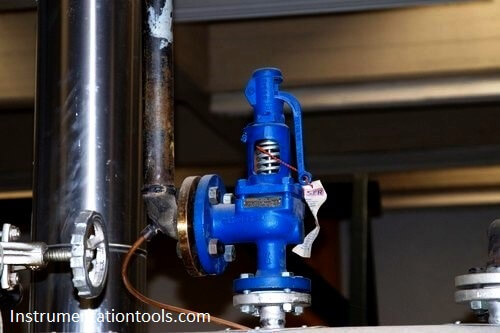
Sour gas applications: Here, NACE recommendations should be followed. Most wrought grades are acceptable to NACE. Therefore, in general, duplex valves with bar stock nozzles and discs will meet NACE requirements.
Some limited cast grades will generally comply also:
- ASTM A890 CE3MN UNS J93404
- ASME SA 351 CD3MWCuN UNS J93380
- ASME SA 351 CE8MN UNS J93380
- Z 6 CNDU 28.08 M, NF A 320-55 at 17 HRC MAX
- ASTM A351 CK3MCUN (6Mo)
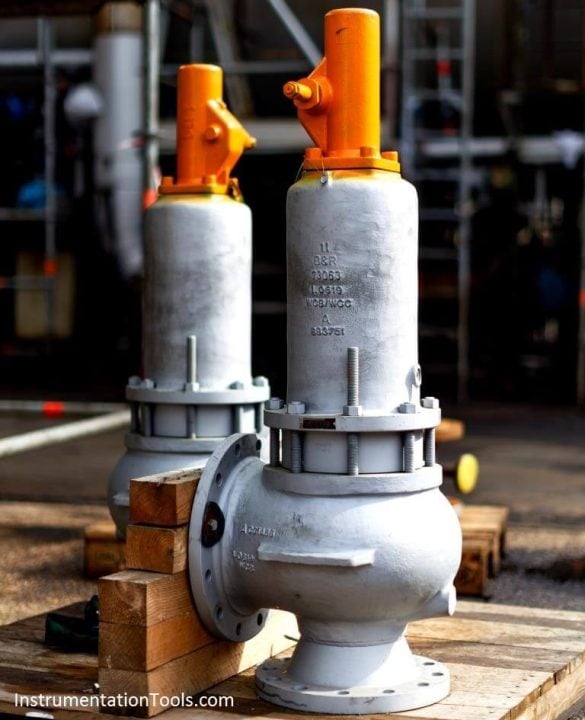
For body, bonnet and cap, up to 815 ° C cast materials can still safely be used : ASME SA 351 CF8M with a minimum 0.04% carbon content and maximum 8% ferrite content. In any case, full-rated and integral castings are recommended. Alternatives are:
- ASME SA 351 CF8 SAME (with same chemical restrictions as CF8M)
- ASME SA 217 WC6 (up to maximum 593 ° C)
- ASME SA 217 WC9 (up to maximum 593 ° C)
- ASME SA 479 Grade 304H (same chemical restrictions as 316H)
- ASME SA 479 Grade 347H (same chemical restrictions as 316H)
- Recommended bolting material: ASME SA 193 Grade B8 Class 2/ASME SA 194 Grade 8 – strain hardened.
- Recommended bellows material: INCONEL 625 Grade 2 (LCF) – annealed after forming or HAYNES ALLOY 230. ASTM B435 UNS N06230 is preferred above 650 ° C but is rather expensive.
- Recommended spring material: INCONEL X750. Above 232 ° C, 316SS springs should no longer be used. INCONEL X750 or chrome-plated springs should be considered. Note that cadmium plating used in the past is no longer allowed.
- Recommended gasket material: 316 STAINLESS STEEL.
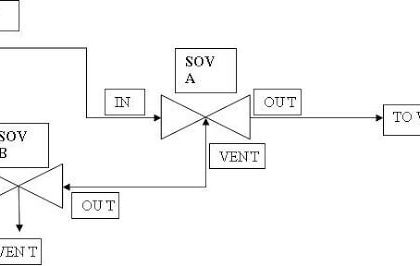
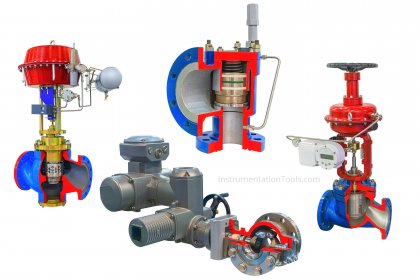
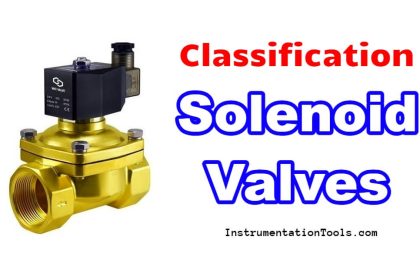
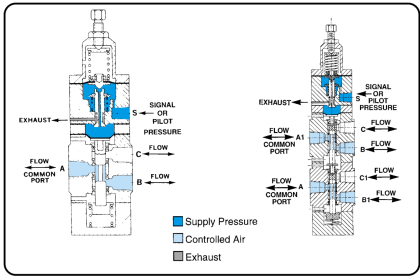
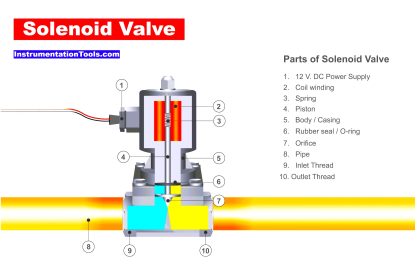
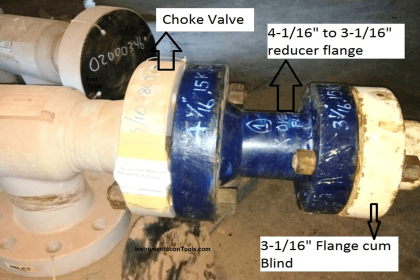
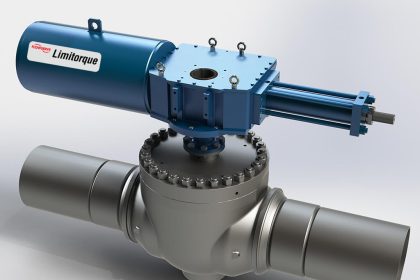
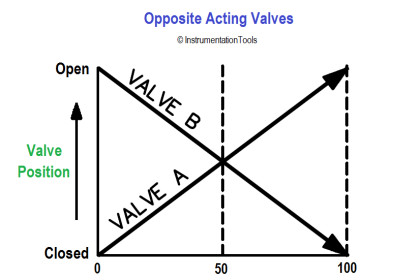
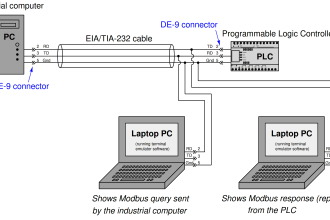
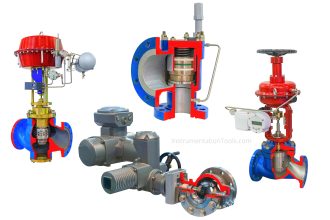
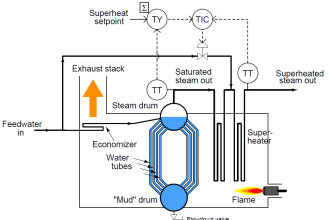
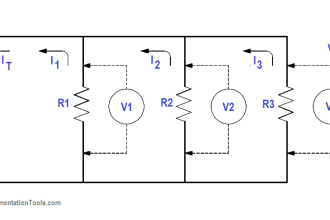
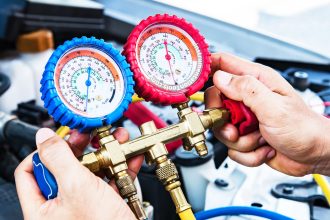
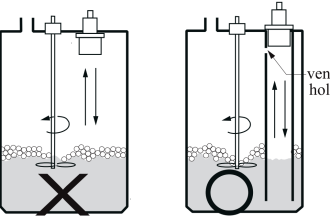
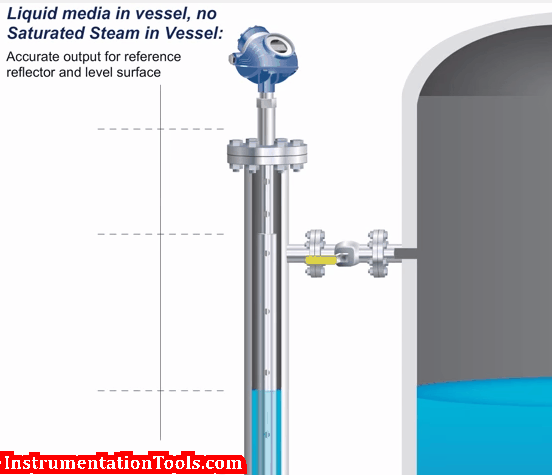
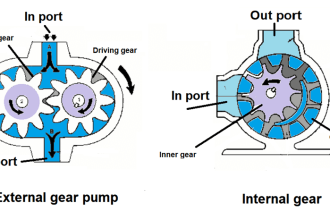

Wow, this article provided a fresh perspective on the topic! I appreciate the thorough research and the clear way the information was presented. It’s always great to learn something new. Thank you for sharing.
I came across a website help me a lot. Just check out once.
https://www.nirmal.co.in/